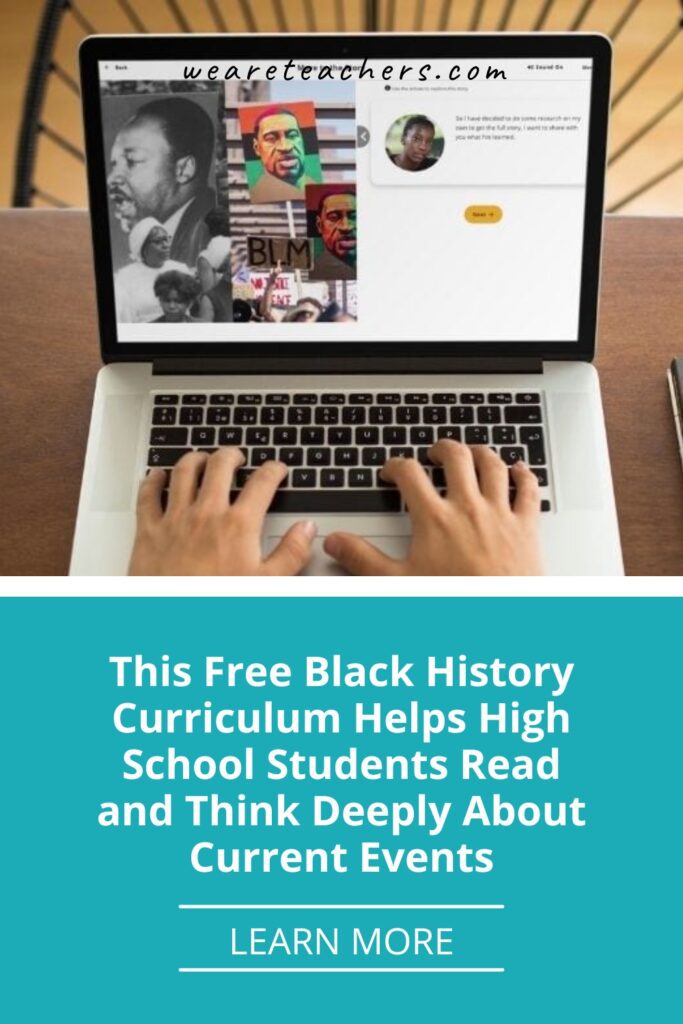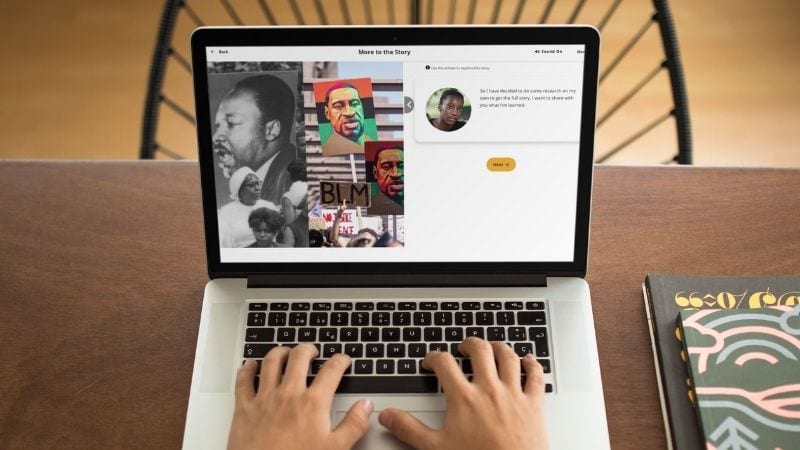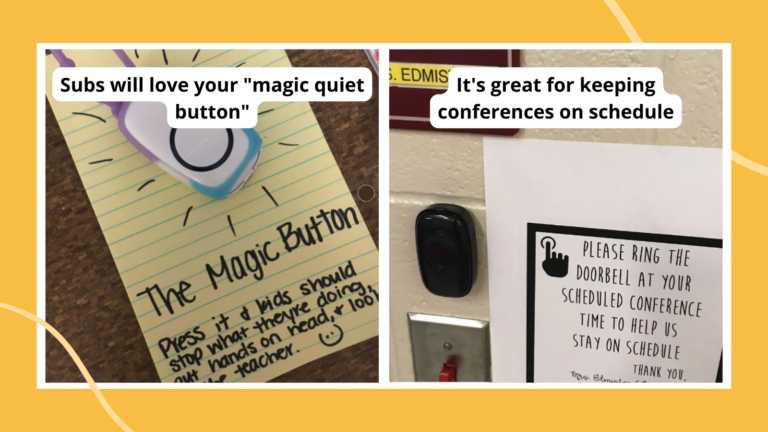Black history is American history, but finding (or creating) interactive lessons that help students draw connections between history and what’s going on today can be challenging. That’s why we’re so grateful for the 306: African American History and 306: Continuing the Story high school curricula from EVERFI. You’ll have everything you need to plan lessons and engaging activities for grades 8–12 that are meaningful, turnkey, and free.
What Does “306” Mean?
Did you know that the number 306 has significance in Black history? When Dr. Martin Luther King stayed at the Lorraine Motel in Memphis, the site of his assassination in 1968, he preferred to stay in room 306. To support creative and intellectual expression during the Harlem Renaissance, artist Charles Alston founded “Group 306.” And when the Supreme Court issued its decision in the Dred Scott v. Sanford case, it was on March 6, 1857. This common thread and countless key moments in Black history are often left out of textbooks.
Teaching Black History in 2023
Our students crave context from what they see in the news and online. Students also crave representation in what they consume, watch, read, and learn. EVERFI’s 306: African American History and 306: Continuing the Story offer lessons from the full spectrum of our shared history and help us strive for a better future. Students will be introduced to key figures and events as they embark on this important journey at their own pace:
- Slavery in the United States
- Emancipation and Reconstruction
- Jim Crow
- Civil Rights and Beyond
- Untold Stories
- Black Business Titans
- Black Contributions to Medicine
For example, the topics covered in “Untold Stories,” the first module of 306: Continuing the Story, include Juneteenth, the Million Man March, affirmative action, and modern protests against police brutality.
The topics covered in the second module, “Black Business Titans,” include both historical examples such as Black Wall Street and the Tulsa Race Massacre as well as present-day examples of Black entrepreneurship.
Here’s a quick video that shares more about the courses:
Capstone Essay
After working on the digital lessons, students will complete a capstone essay to finish the course. They will deconstruct one of two primary sources analyzing the writer’s perspective and experiences as well as the general historical context of the text in relation to themes like perseverance, civic action, and strategic planning.
Through the use of guided questions and a revision checklist, students will write a 250-word analytical essay on Frederick Douglass’ Narrative of the Life of Frederick Douglass or “The Demands of the March” from the March on Washington.
Students will also select a secondary topic from the course and then create an outline for a 250-word analytical essay by answering a set of guiding questions. They’ll use a revision checklist to review their draft before selecting from several layout options for the final copy.
Key learning objectives: This project will provide the opportunity to work on topic selection, scaffolded outline, essay composition, essay revision, and layout selection.
306: Continuing the Story
Once students have completed 306: African American History, they’ll explore the impact of historical influences on our lives today with 306: Continuing the Story. This digital course integrates into Social Studies, U.S. History, and/or English Language Arts curriculum and serves as an eye-opening bridge to the present.
Students will think deeply and critically about the connection between the events of the past and what they see unfolding in the world around them today as they uncover answers to questions like “Has progress been made?” “Is the resistance to change different today than it was years ago?”
The search for answers will expose students to new Black leaders that were the “first” in their fields, analyze post–Civil Rights Era events, and challenge myths and stereotypes.
Teacher Resources
Within the EVERFI teacher dashboard, you’ll find:
- Curriculum guides
- Lesson outlines
- A rubric and instructions for the capstone essay
- Extension lesson plans
- Customizable student activity sheets
Additionally, you’ll have a handy guide that identifies which Common Core standards are addressed in each digital lesson.
Discussing Black history is essential in our classrooms, and navigating the complex stories and topics can be intimidating for many. Delving deeper into a subject often requires us to question our own understanding and beliefs; Black history is no different. The good news is that you don’t need to have all the answers or be an expert to be successful in using these digital resources. As you prepare to lead your students through the lessons, always remember: The goal is progress, not perfection.
Learn More About 306: African American History and 306: Continuing the Story
We know that Black History Month happens every February, but why stop there? Our students deserve a deeper understanding that isn’t limited to the shortest month of the year. You might build on the lessons about Black women in 306: African American History and 306: Continuing the Story during March’s Women’s History Month, for example, or focus on Black entrepreneurs during April’s Financial Literacy Month. There are opportunities and touch points to discuss Black history all year long, and you can find even more resources from EVERFI on their Cultural Literacy Hub. Don’t miss out on this amazing, important resource!



